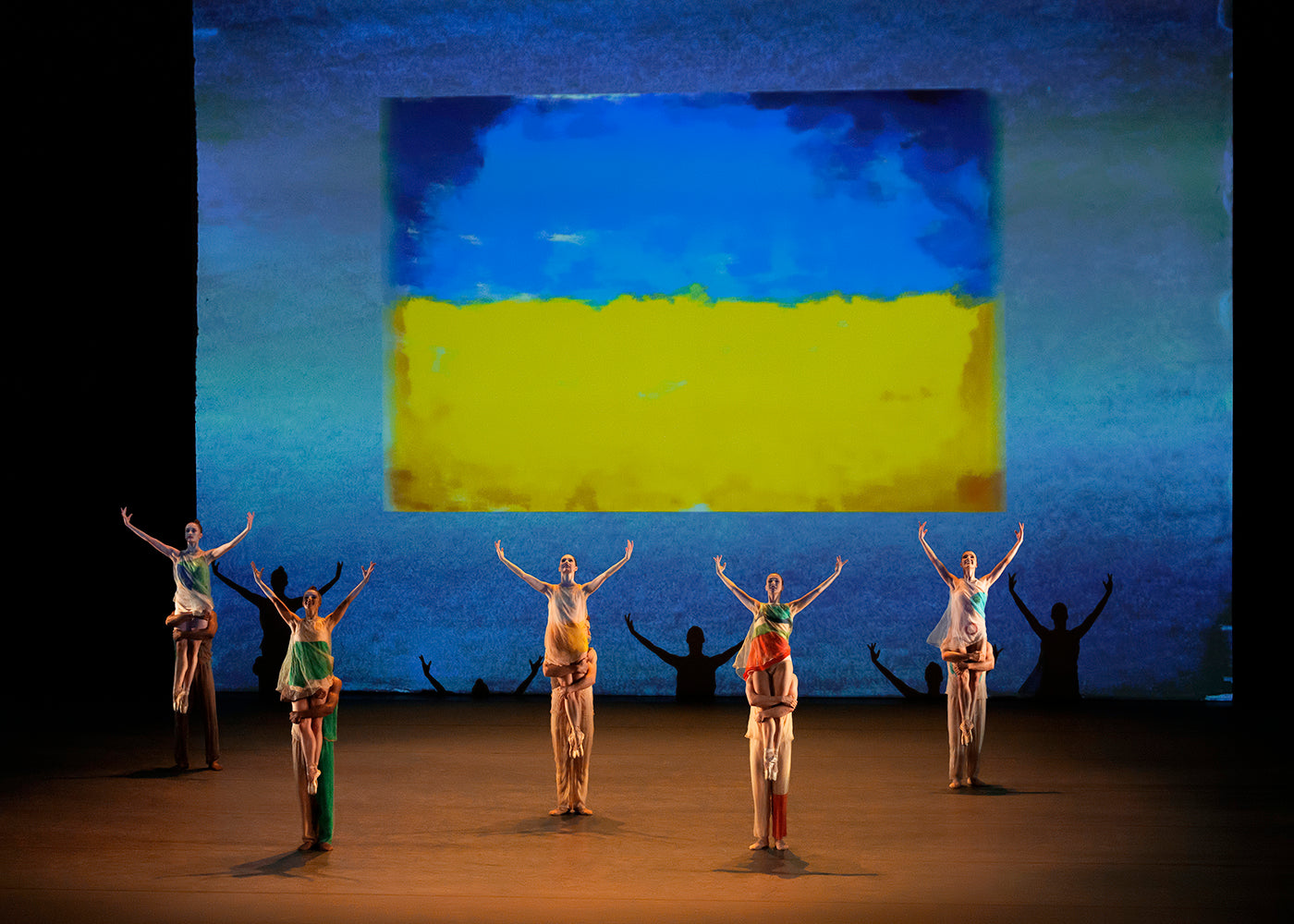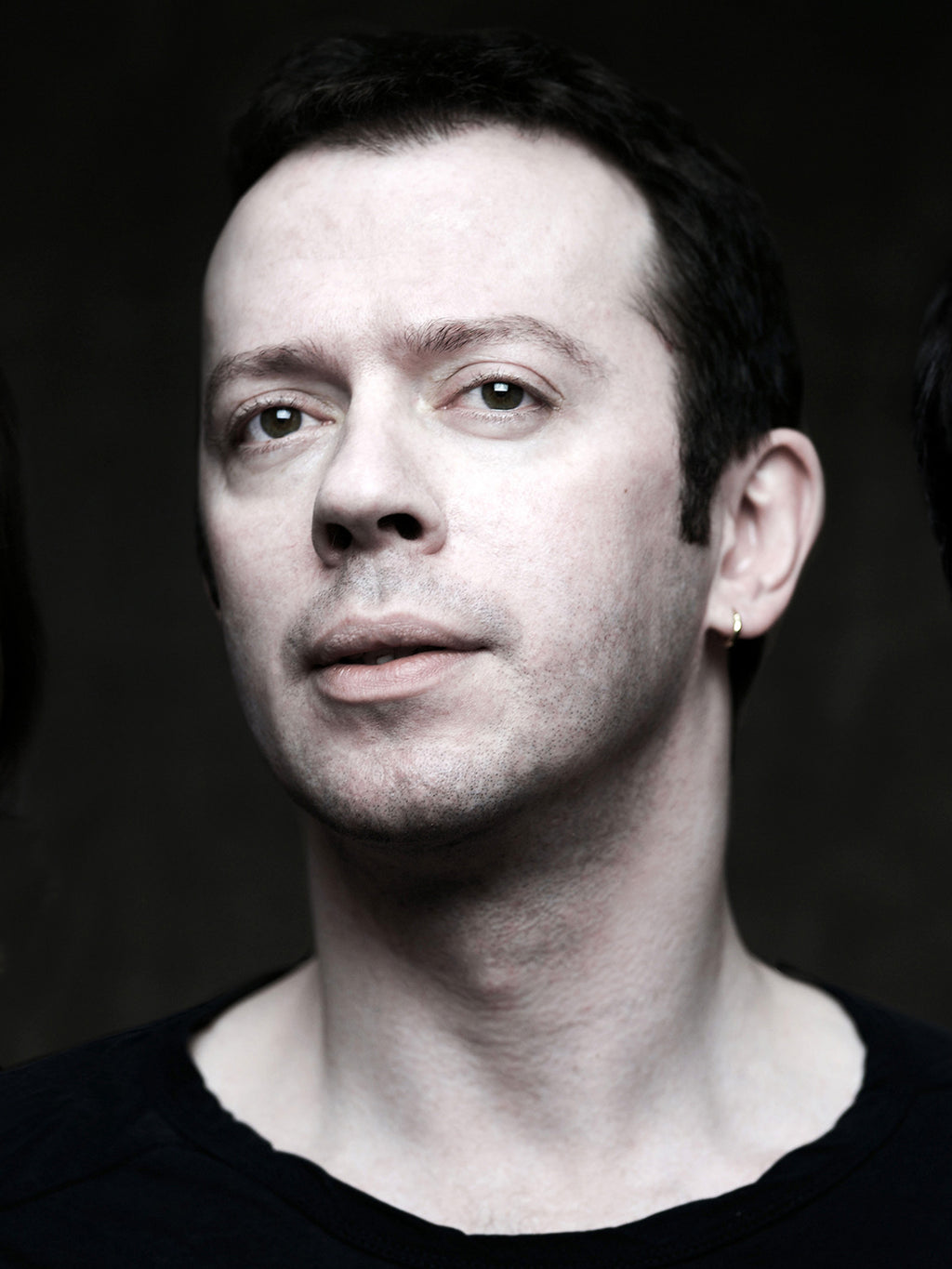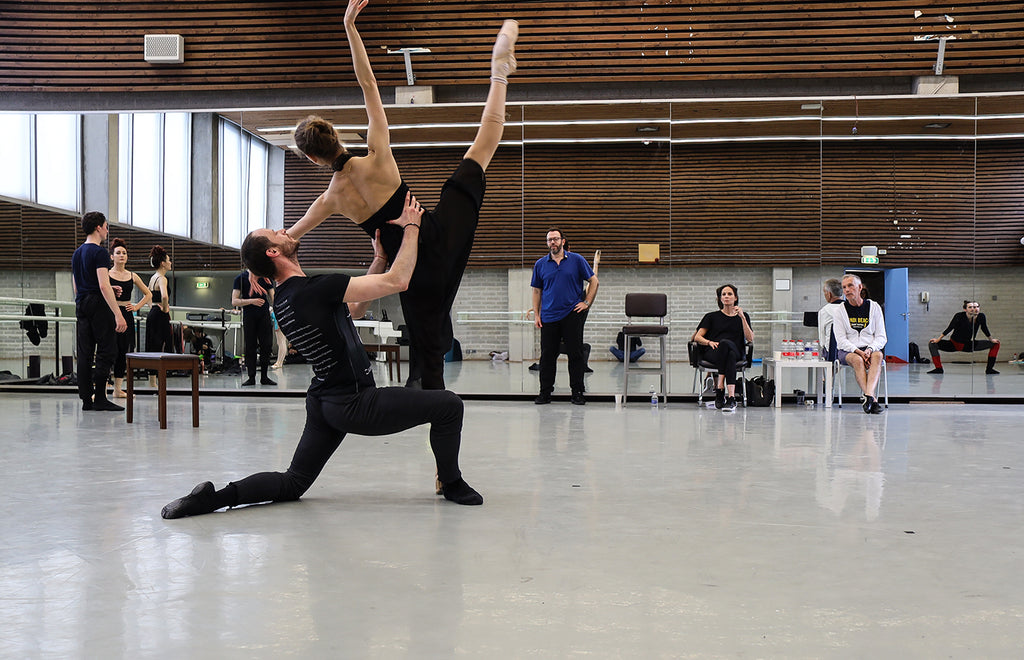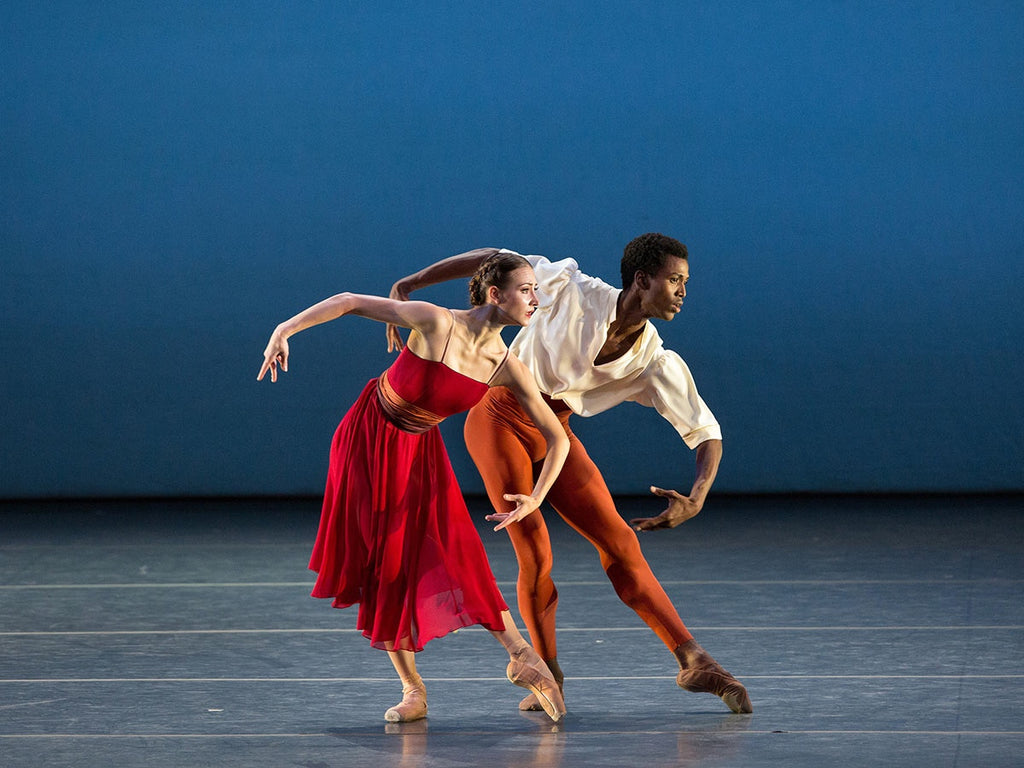Earlier this year it was announced that you would be joining New York City Ballet after being at American Ballet Theatre for thirteen years. What does that change mean to you?
It still amazes me that when I was a dancer at Royal Winnipeg in the early ’90s, I auditioned twice for City Ballet. And now, so many years later, I’ve ended up becoming part of the company. It’s interesting how you can want something and set yourself a goal and one day you get there, but it’s not a straight line. It’s like when I went to the Bolshoi in 2003. It was something you could absolutely not predict.
American Ballet Theatre is performing two of your one-act ballets in the fall, “On the Dnipro” and “Piano Concerto No. 1.” They’re so different; one is a story ballet about a young Ukrainian soldier returning to his village after the First World War, and the other is an abstract work set to Shostakovich that is a kind of exploration of Soviet esthetics. Do the current circumstances and the war color these ballets differently for you?
Yes, I think so. The Soviet time is an integral part of Ukraine; you can’t really ignore it. And I’m extremely happy they’re doing “On the Dnipro.” The company has been doing “Songs of Bukovina” on tour as well. That ballet has always been close to my heart. I’d love to see it performed with the orchestral version of the music [the original is set to piano pieces by Leonid Desyatnikov], which exists now and didn’t yet exist when I made the original ballet. But I think that seeing “On the Dnipro” again will bring different emotions, now that things are so different. I know it will.
Joining New York City Ballet also means that you’ll be staying in New York, where you’ve already lived since 2009. It’s the longest time you’ve spent anywhere, including in your native Kyiv. How do you feel that your relationship with the city has changed?
I’ve also moved to the Upper West Side. I always think when I’m walking on these streets that Balanchine used to walk here. This is Balanchine’s world. I’m hoping to immerse myself even more in this world that I found so attractive thirty years ago. I enjoyed myself so immensely when Peter Martins invited me to choreograph at the company for the first time [“Russian Seasons,” 2006]. I first saw the company in the ’90s. I remember the Tracey sisters [Margaret and Kathleen], who were both dancers here, so young, so bright, and many others: Peter Boal, Kyra Nichols, and Wendy [Whelan], of course. There are always new groups of dancers, bringing in different colors, but all within the same river. And the source, Balanchine’s genius, is still so strong. It’s not just how they do tendus or transitions, it’s a whole philosophy, a complete system. One of the things I love is that when I watch Balanchine ballets, especially the ones I don’t know well, I see the old, pre-Revolutionary combinations, the old enchaînements that I recognize from the Russian ballet notations. I can see them clearly.














comments